Adjusting air brakes on a semi-trailer is crucial for safety, performance, and compliance with regulations. This guide will provide you with an in-depth understanding of the adjustment process, ensuring your air brake system operates efficiently while maximizing braking power.
Understand the Components of Air Brake Systems
Before delving into the adjustment process, it is vital to familiarize yourself with the components of air brake systems. Here’s a comprehensive breakdown:
1. Air Compressor
- Pumps air into the system, providing the necessary pressure for braking.
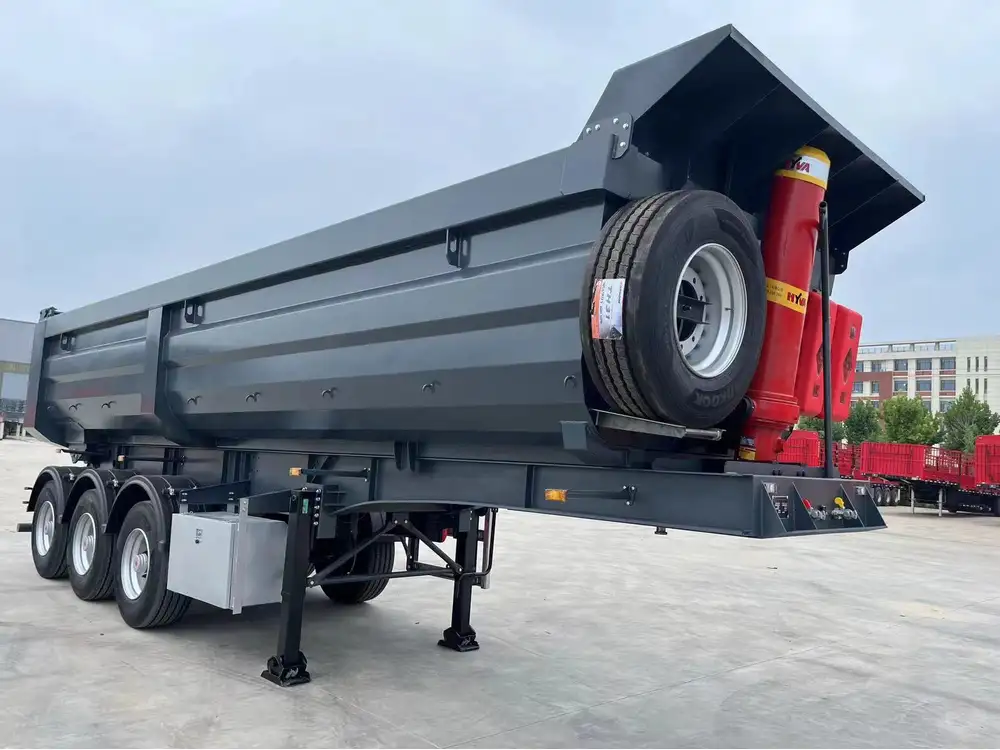
2. Air Tanks
- Stores compressed air. Typically, there are two tanks: the primary and secondary tank.
3. Brake Chambers
- Converts air pressure into mechanical force, activating the brake shoes. Available in various sizes based on vehicle weight and specifications.
4. Slack Adjusters
- Connect the brake chamber to the S-cam. They automatically adjust as the brake shoes wear down.
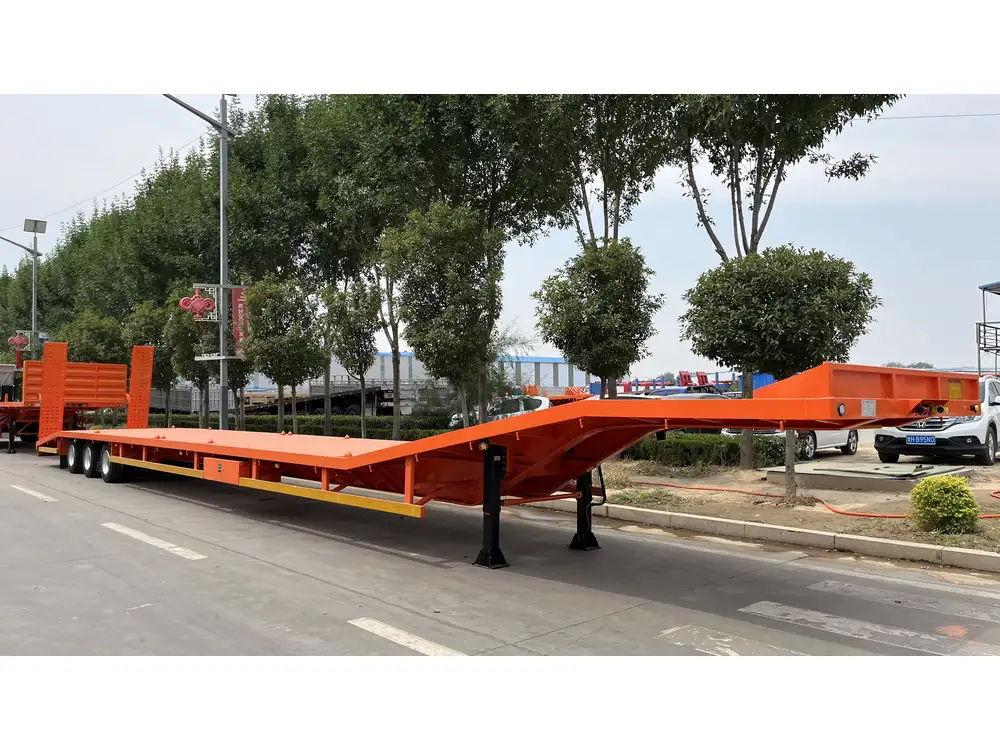
5. Brake Shoes and Drums
- The components that make contact to slow down or stop the vehicle.
Understanding these components is essential for adjusting air brakes correctly, ensuring you can troubleshoot potential issues efficiently.
Signs You Need to Adjust Your Air Brakes
There are several indicators that your semi-trailer’s air brakes require adjustment:
- Increased Stopping Distance: If your vehicle takes longer to stop.
- Soft or Spongy Brake Pedal: Indicates air in the brake lines or insufficient pressure.
- Uneven Wear of Brake Shoes: Worn shoes may suggest improper adjustment or malfunctioning slack adjusters.
- Warning Lights: Illuminated dashboard warnings can indicate brake system failures.
Monitoring Brake Performance
Regularly check your braking system for the following:
| Indicator | Possible Issue |
|---|---|
| Uneven Shoe Wear | Slack adjuster malfunction |
| Air Leaks | Damaged air lines or fittings |
| Low Air Pressure | Compressor issues or air tank leaks |
| Brake Dragging | Incorrect manual adjustment of slack |

Visual Inspection Checklist
Conduct routine inspections to prevent issues:
- Check air lines for cracks or wear.
- Inspect brake chambers for any signs of leakage.
- Ensure slack adjusters are functioning correctly.
- Look for rust or corrosion on brake components.
Step-by-Step Guide on Adjusting Air Brakes
Now that you understand the components and potential issues, follow this detailed step-by-step guide to adjust air brakes on a semi-trailer effectively.
Tools and Equipment Needed
- Brake adjustment tool: Specifically designed for air brakes.
- Torque wrench: For precise tensioning and fittings.
- Air pressure gauge: To measure air pressure in the tanks.
- Safety goggles and gloves: For personal protection during the process.
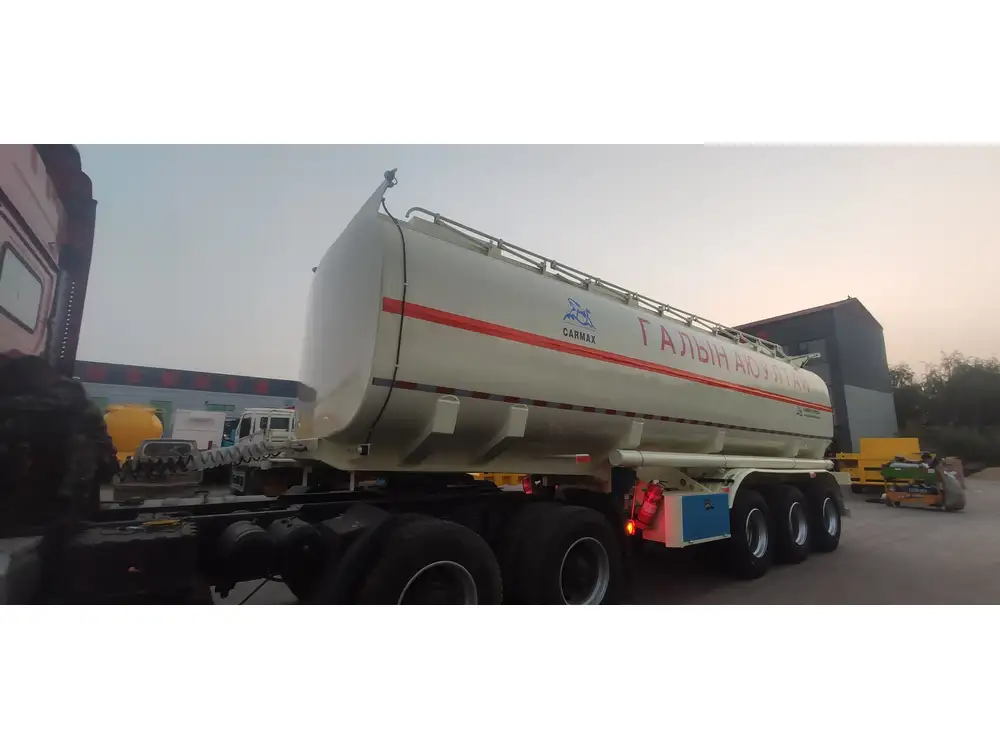
Step 1: Safety First
- Park the semi-trailer on a flat surface.
- Engage the parking brake.
- Chock the wheels to prevent rolling.
Step 2: Release Air Pressure
- Open the glad hands: Detach the air lines from the trailer and release all pressure.
- Drain the air tanks: Allow the tanks to fully depressurize by opening the drain valves.
Step 3: Inspect Brake Components
- Examine the brake shoes for wear. Replace them if damaged or excessively worn.
- Check slack adjusters; they should be tight but not overly so.
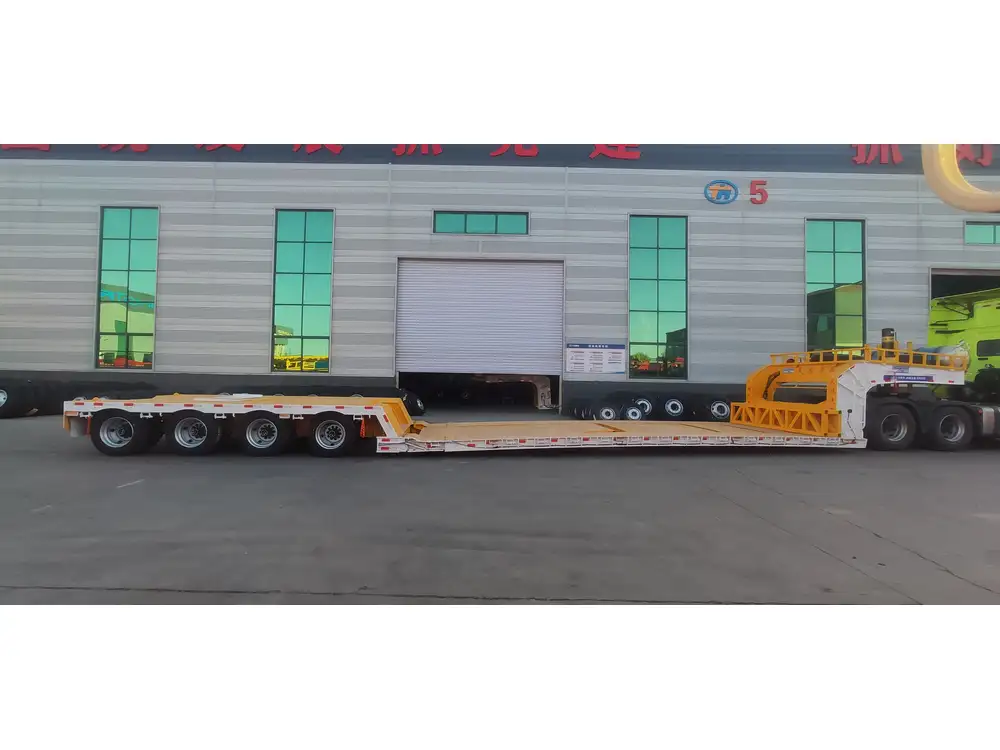
Step 4: Use the Brake Adjustment Tool
- Identify Slack Adjusters: Locate the slack adjusters on each brake axle.
- Measure the Free Play: Engage the adjustment tool on the slack adjuster to measure the effective free play (should be approximately 1/4 to 1/2 inches).
Step 5: Adjusting the Slack Adjusters
Turn the Adjustment Nut: Tighten or loosen the adjustment nut based on the measurement:
- Too Loose: Turn the nut clockwise.
- Too Tight: Turn the nut counterclockwise.
Check Movement: After adjustments, ensure there’s a slight ‘give’ to the slack adjuster.
Step 6: Testing the Brakes
- Reconnect the Air Lines: Ensure the glad hands are fitted securely back to the trailer.
- Re-pressurize the System: Start the engine and allow the air compressor to fill the tanks.
- Test Air Pressure: Use the pressure gauge to check that you’re achieving adequate pressure levels (generally 90-100 psi).

Step 7: Perform a Brake Test
- Engage the Brakes: Using a test drive method, slowly engage the brakes to ensure they work effectively.
- Check for Pulling or Squeaking: If the trailer pulls to one side or makes noise, further adjustments may be necessary.
Common Mistakes to Avoid
Adjusting air brakes isn’t foolproof; be wary of these common pitfalls:
- Ignoring Manufacturer Specifications: Always refer to the specific guidelines provided by the semi-trailer manufacturer.
- Over-tightening Slack Adjusters: This can lead to brake dragging, overheating, and excessive wear.
- Neglecting Routine Maintenance: Regular checks and adjustments prevent serious malfunctions.
Importance of Regular Maintenance and Adjustment
The importance of maintaining and adjusting air brakes cannot be overstated. Here’s why:

Enhanced Safety
- Ensures reliable braking power, significantly reducing the chance of accidents.
- Provides better handling and control, especially under heavy loads or adverse weather conditions.
Cost-Efficiency
- Preventative maintenance avoids costly repairs and downtime.
- Extends the longevity of brake components, saving money in the long run.
Regulatory Compliance
- Regular adjustments ensure compliance with DOT regulations, reducing the risk of fines and inspections.
- Helps maintain valid warranties, making sure they are upheld with proper service records.
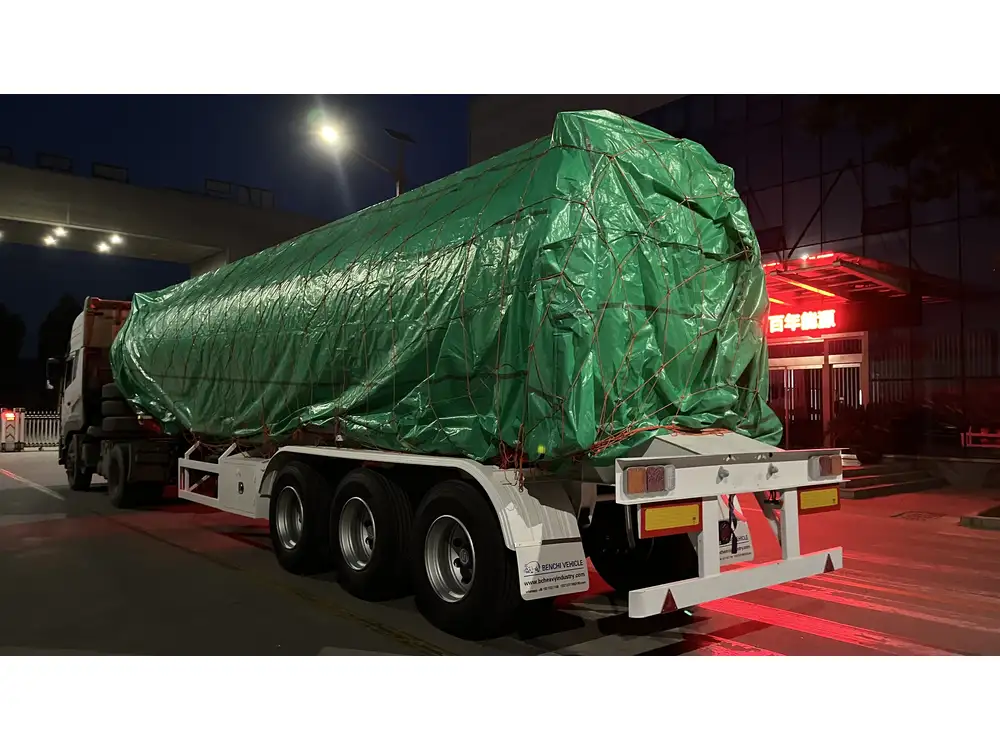
Conclusion
Understanding how to adjust air brakes on a semi trailer is of paramount importance for any operator or fleet manager committed to safety, efficiency, and compliance. Through routine inspections, timely adjustments, and a thorough understanding of your air brake system’s components, you can ensure not only optimal performance but forge a path toward enhanced safety on the roads.
By following this guide, you can take proactive measures for safe and efficient operations. Regular attention to your air brake systems will not only satisfy regulatory compliance but significantly enhance the overall lifespan of your semi-trailer. Remember, a well-maintained braking system is synonymous with a well-maintained fleet. Always prioritize routine checks and adjustments to safeguard your vehicle’s performance and your safety on the road.



